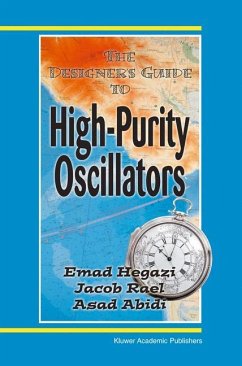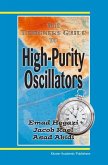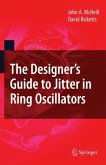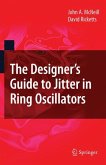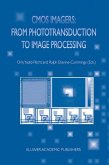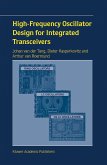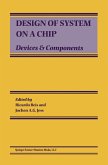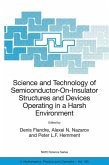The Designer's Guide to High-Purity Oscillators presents a comprehensive theory and design methodology for the design of LC CMOS oscillators used in every wireless transmission system. The authors introduce the subject of phase noise and oscillators from the very first principles, and carry the reader to a very intuitive circuit-driven theory of phase noise in LC oscillators. The theory presented includes both thermal and flicker noise effects. Based on Hegazi, Rael, and Abidi's mechanistic theory, a sensible design methodology is gradually developed. In addition, new topologies that were recently published by the authors are discussed in detail and an optimal design methodology is presented. While the book focuses on intuition, it rigorously proves every argument to present a compact yet accurate model for predicting phase noise in LC oscillators. By so doing, the design of an LC oscillator can be handled in the same manner as an amplifier design.
try to predict it using mathematical expressions. His heuristic model without mathematical proof is almost universally accepted. However, it entails a c- cuit specific noise factor that is not known a priori and so is not predictive. In this work, we attempt to address the topic of oscillator design from a diff- ent perspective. By introducing a new paradigm that accurately captures the subtleties of phase noise we try to answer the question: 'why do oscillators behave in a particular way?' and 'what can be done to build an optimum design?' It is also hoped that the paradigm is useful in other areas of circuit design such as frequency synthesis and clock recovery. In Chapter 1, a general introduction and motivation to the subject is presented. Chapter 2 summarizes the fundamentals of phase noise and timing jitter and discusses earlier works on oscillator's phase noise analysis. Chapter 3 and Chapter 4 analyze the physical mechanisms behind phase noise generation in current-biasedand Colpitts oscillators. Chapter 5 discusses design trade-offs and new techniques in LC oscillator design that allows optimal design. Chapter 6 and Chapter 7 discuss a topic that is typically ignored in oscillator design. That is flicker noise in LC oscillators. Finally, Chapter 8 is dedicated to the complete analysis of the role of varactors both in tuning and AM-FM noise conversion.
try to predict it using mathematical expressions. His heuristic model without mathematical proof is almost universally accepted. However, it entails a c- cuit specific noise factor that is not known a priori and so is not predictive. In this work, we attempt to address the topic of oscillator design from a diff- ent perspective. By introducing a new paradigm that accurately captures the subtleties of phase noise we try to answer the question: 'why do oscillators behave in a particular way?' and 'what can be done to build an optimum design?' It is also hoped that the paradigm is useful in other areas of circuit design such as frequency synthesis and clock recovery. In Chapter 1, a general introduction and motivation to the subject is presented. Chapter 2 summarizes the fundamentals of phase noise and timing jitter and discusses earlier works on oscillator's phase noise analysis. Chapter 3 and Chapter 4 analyze the physical mechanisms behind phase noise generation in current-biasedand Colpitts oscillators. Chapter 5 discusses design trade-offs and new techniques in LC oscillator design that allows optimal design. Chapter 6 and Chapter 7 discuss a topic that is typically ignored in oscillator design. That is flicker noise in LC oscillators. Finally, Chapter 8 is dedicated to the complete analysis of the role of varactors both in tuning and AM-FM noise conversion.

